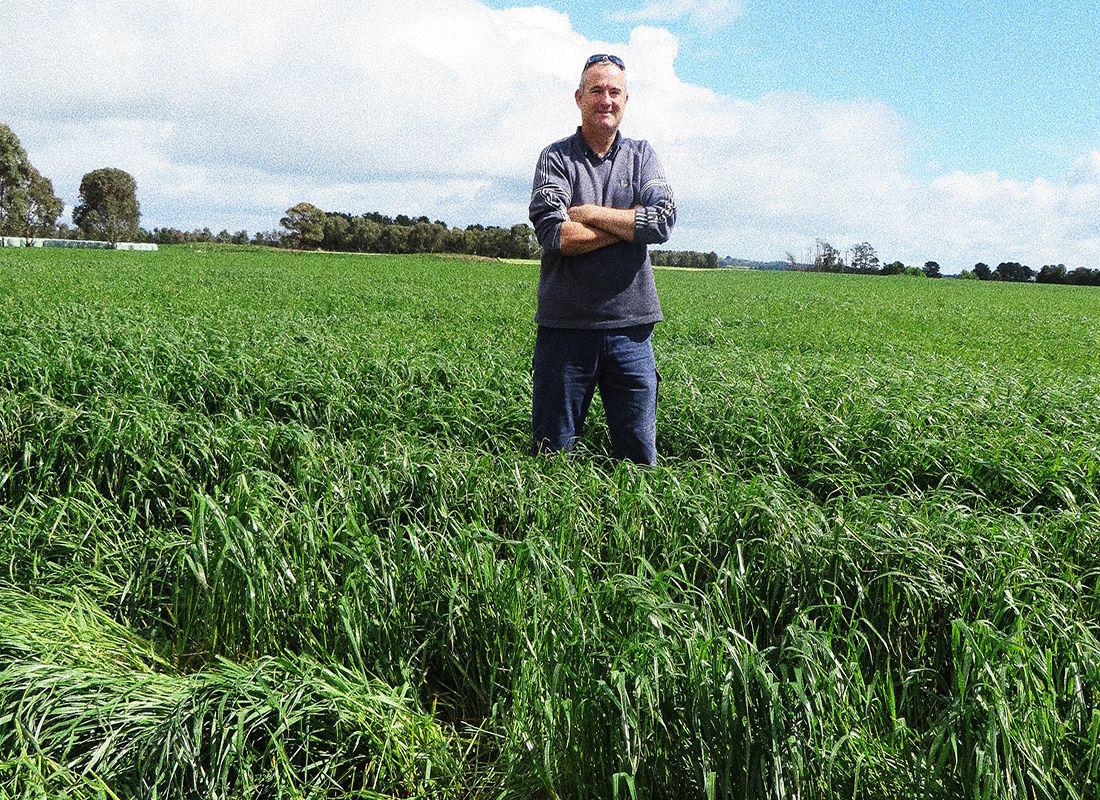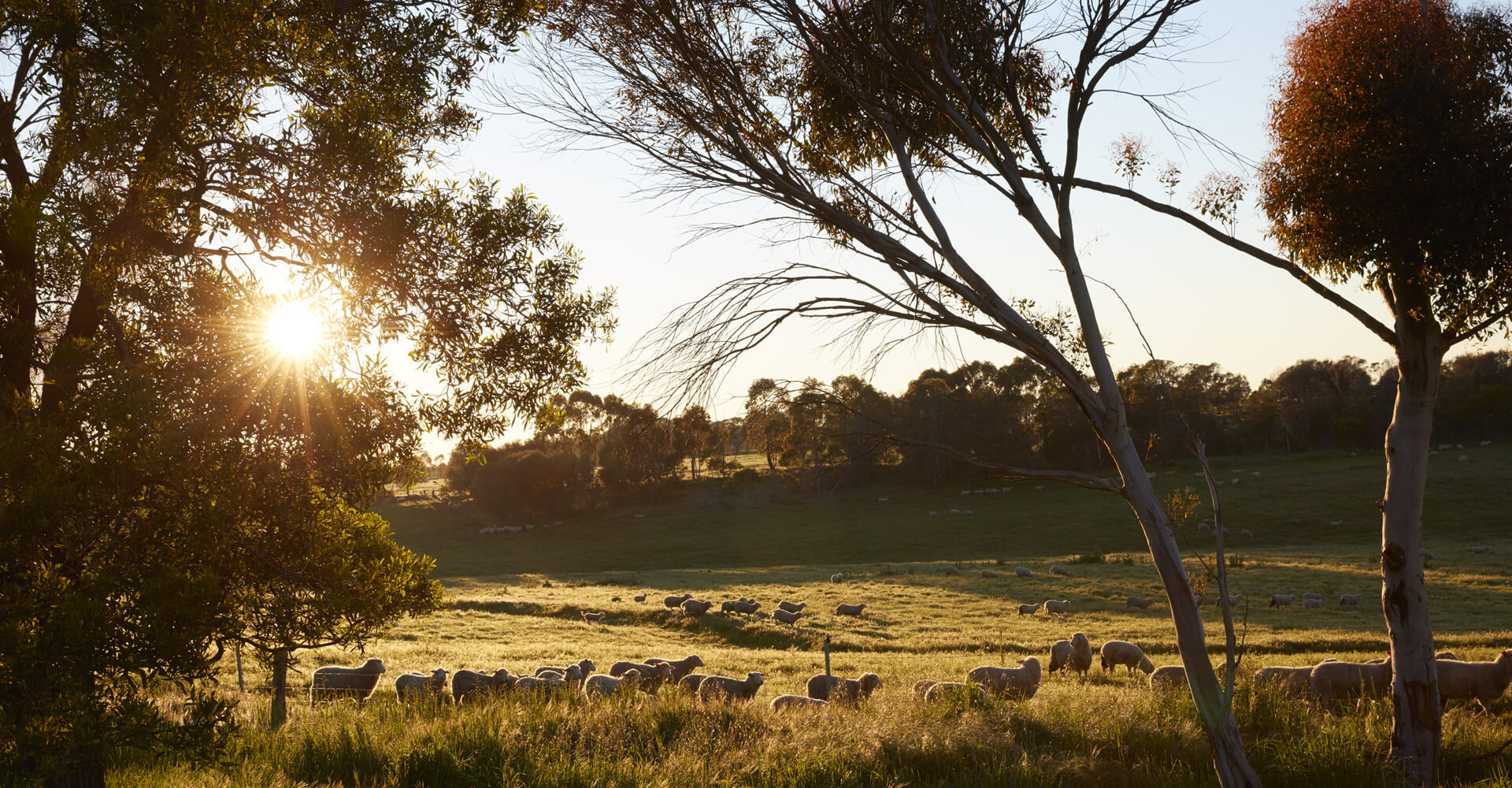
Producing Food Sustainably In The Paddock
PRODUCING FOOD SUSTAINABLY. My Dad often described cropping as being like throwing $50 notes into a whirlwind and trying to catch them. He also talked about ploughed paddocks having “Sunday soils” – too wet to work one day, and too dry the next. My childhood memories of summer consist of flies, sunburn and dust storms. Despite horror scenes of dust rising from ploughed paddocks, there still remains today, sights of farmers in tractors pulling a plough. In the 1940 –1980’s red clouds of dust often blocked out the sun and travelled great distances including as far east as New Zealand. The dust is in fact topsoil, the growing media for food crops and other plants. This loss of soil is called erosion. Scientists have determined soil erosion to be a threat to food security. It is estimated that 12 million hectares of land- an area capable of producing 20 million tonnes of grain, is lost due to erosion every year.
The term Conservation Agriculture emerged from these dust storm events. Conservation techniques are based on erosion control and preservation of soil carbon & nutrients;
- No till (no ploughing); protects soils from erosion -conserving soil nutrients, moisture, soil biodiversity (*biome) and carbon, (ploughing accelerates the loss of soil carbon as CO2 (greenhouse gas)).
- Reduce compaction; improves soil structure, water absorption and retention.
- Retain organic cover; sowing into stubble, green crop or mulch, reduces erosion, increases soil carbon, promotes soil biome, water retention and absorption.
- Rotation/diversification- crops and grazing facilitates pest, weed and disease control.
- Restore soil organic matter, carbon & nutrients. Replacing what was lost or taken up by plants.
At Meredith Dairy, conservation agriculture combined with **Precision Agriculture has been practised since before 1990 when arable land was purchased and technologies became available. GPS guided seed beds with retained cover, controlled traffic, zone management, crop rotation and improved plant varieties (not GMO), have been part of our cropping program. Using GPS, crops are sown within a 2cm accuracy into stubble. Tractors and other implements travel on tracks developed by 2m raised beds ensuring only designated areas are compacted by wheels. Yield maps, created by satellite imaging, enable accurate fertiliser application and paddock management. Grazing and manure spreading, restores nutrients, promotes soil biome and carbon. Our Agroforestry also contributes to soil health by increasing organic soil carbon, preventing salinity and erosion.
Cropping in Australia can be frustrating. We live on the driest continent, have unreliable rainfall and very old soils. The Meredith Dairy vision-To produce food sustainably, is a journey. We will be challenged in the future with a changing climate, emerging technologies & consumer demands. Continuous improvements, an understanding of conservation, soil science and carbon capture is our pathway to “producing food sustainably in the paddock”.
** Precision agriculture seeks to use new technologies to increase crop yields and profitability while lowering the levels of traditional inputs needed to grow crops. https://sustainableamerica.org/blog/what-is-precision-agriculture


